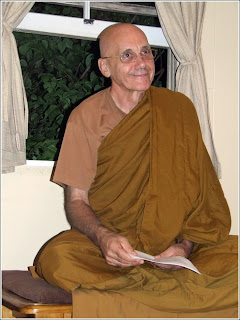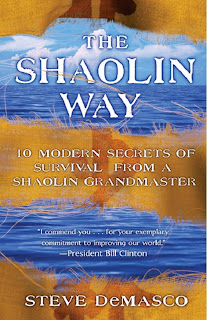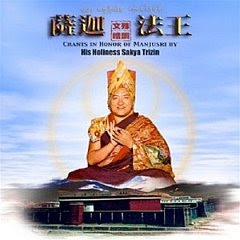
The History of the Buddha's Relic Shrine: A Translation of the Sinhala Thupavamsa
Buddhist chronicles have long been had a central place in the study of Buddhism. Scholars, however, have relied almost exclusively on Pali works that were composed by elites for learned audiences, to the neglect of a large number of Buddhist histories written in local languages for popular consumption. The Sinhala Thupavamsa, composed by Parakama Pandita in thirteenth-century Sri Lanka, is an important example of a Buddhist chronicle written in the vernacular Sinhala language. Furthermore, it is among those works that inform public discussion and debate over the place of Buddhism in the Sri Lankan nation state and the role of Buddhist monks in contemporary politics.
In this book Stephen Berkwitz offers the first complete English translation of the Sinhala Thupavamsa. Composed in a literary dialect of Sinhala, it contains a richly descriptive account of how Buddhism spread outside of India, replete with poetic embellishments and interpolations not found in other accounts of those events. Aside from being an important literary work, the Sinhala Thupavamsa. is a text of considerable historical and religious significance.
uploading.com
depositfiles.com
uploadbox.com










































